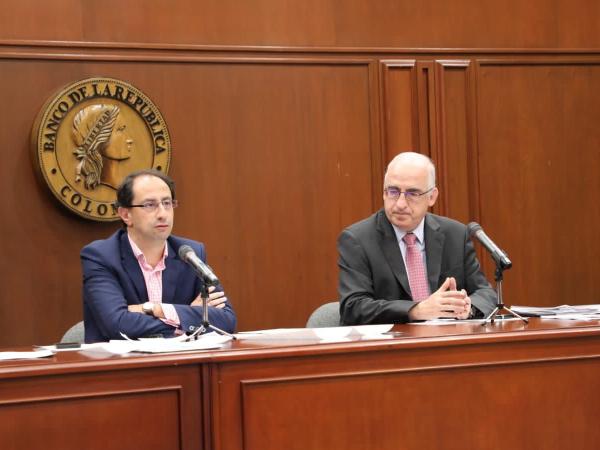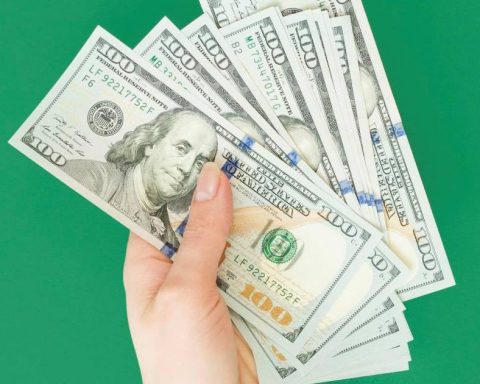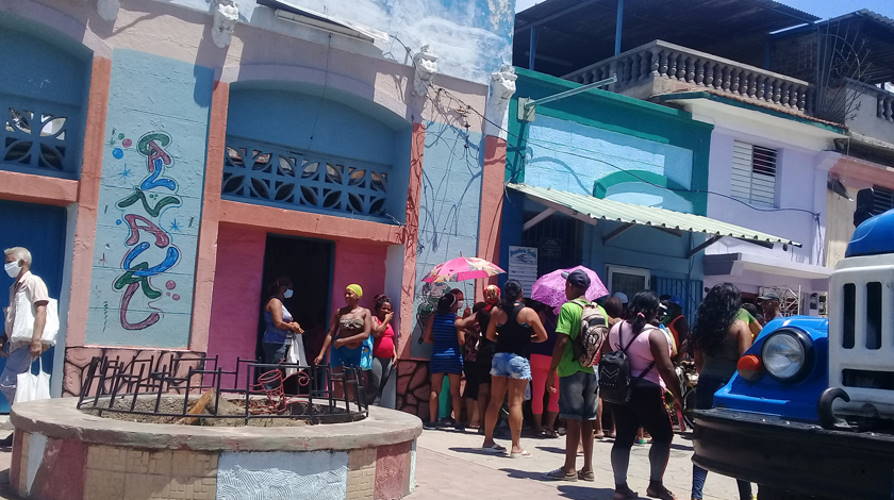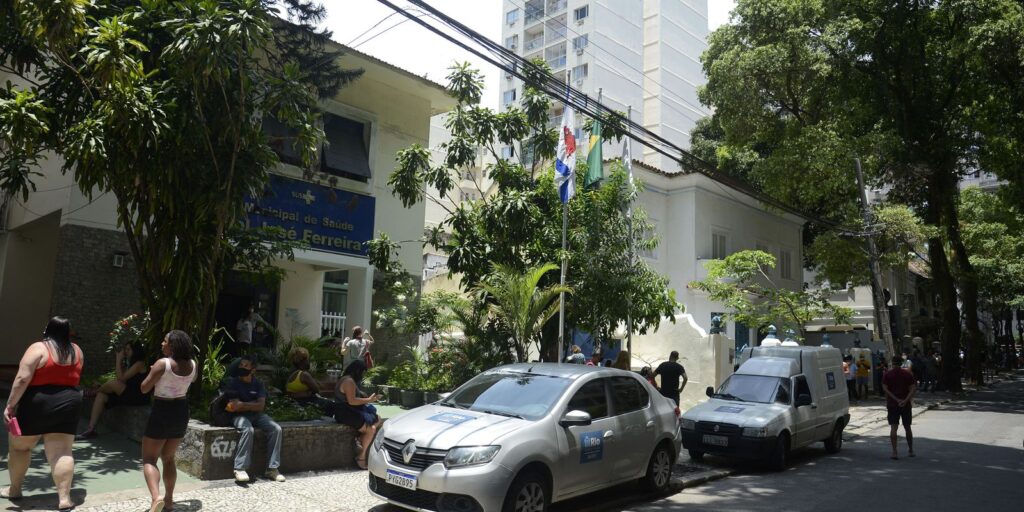With the increase of 150 basic points (1.5 percentage points) up to 9%, decreed by the Banco de la República, some are already stating that this was the last increase made by the Issuer in its policy of normalizing economic policy. .
(Banco de la República raises the interest rate to 9%).
Economist Alejandro Reyes, from BBVA Research, considers that the rate hike cycle would have ended and the 9% level would be maintained for a while.
With yesterday’s increase, in the space of a month the Issuer increased its policy rate by 300 basic points (3 percentage points), which for Reyes “I would place the rate in real contractionary territory taking the expected inflation in one year.”
For Leonardo Villar, the general manager of Banco de la República, these decisions of the last two months take the rate to a level that helps the convergence of inflation towards its target.
The decision was split, with one member arguing for a 100 basis point increase in the policy rate.
Analysts and own Board of Directors of the Bank of the Republic estimate that the increase in rates will not immediately affect the economy, which has been showing strong dynamism (despite the moderation of some indicators), a fact that is confirmed by the upward revisions that both the government, various institutions and study centers have been made in recent days and that they estimate will be above 6%.
In fact, Banco de la República itself highlights a new upward revision of the forecasts with an expected growth for 2022 of 6.9% from the 6.3% forecast in June.
(Would a rise in the dollar lead to an increase in interest rates?).
Villar mentioned that going forward, after the adjustments already observed, surely the needs for rate increases will be less than those already observed, if necessary, however, he stressed that the decisions are based on the information available at each meeting.
The Banco de la República statement highlights a new rise in inflation in the month of June, 9.7% from 9.1% and from 5.9% to 6.1% for inflation without food or regulated items. This factor is central in the decisions of the last two months in rates.
The statement also highlights that inflation expectations rose in the most recent survey, reaching 9.2% by the end of 2022 and 5.2% by the end of 2023.
THE EFFECTS
On the other hand, the Minister of Finance, José Manuel Restrepo, stressed that the inflationary shock is no longer especially one of supply, but that there are already demand and second-round effects, which justifies a more marked adjustment in rates in the last monetary policy meetings.
Villar stressed that the Fed’s recent speech regarding its most recent decision calmed the market down a bit and that this would help a calmer adjustment in emerging markets.
Likewise, it considers that the rise in deposit rates of financial institutions is largely due to the adjustment of policy rates and the context of migration of resources from a term view by savers.
Reyes also says that “The rate hike cycle would have ended and the rate would remain at the current level for a while, high enough to achieve a moderation in inflation over the policy horizon and convergence to the inflation target by 2024.”
He points out that “we are already beginning to show some signs of moderation in activity, as mentioned with the June employment figures, but also from the growth in energy demand and our Big Data Consumption Tracker indicator, which indicates a slowdown for June and especially for July in household spending.
It considers that, in the absence of inflationary surprises, at its September meeting the Issuer could already assess relevant signs of moderation in activity and price stability, which would justify putting an end to the upward rate adjustment.
(Rise in interest rates has not yet hit the pace of credit).
For his part, Sergio Olarte, chief economist at Scotiabank Colpatria, assures that this “It takes us to a historically high rate of 9% which, in the manager’s voice, could already be contractionary for the Colombian economy in a process where inflation is very high and aggregate demand is also very healthy.”
Thus, according to Leonardo Villar“we are already very close to the end of the rise in interest rates and that the next adjustments will surely be much smaller.”
WHAT HAPPENS IN THE REGION
Argentina, Brazil, Chile and Colombia are the countries where their central banks have made the most rate hikes in Latin America to try to control inflation. In Argentina, the guideline rate of the central bank is 52%, in the face of 50% inflation, and in the case of Brazil so far this year, The Central Bank has raised rates to 13.25% and next Wednesday the analysts’ estimate is that it will raise them another 50 basis points.
In Chile on July 13, they increased 75 basis points to bring the rate to 9.75%, in the midst of a high inflation scenario, with an annual accumulated rate of 12.5%, far from the target range of 3% and two years ago weeks the Central Bank announced an intervention of the foreign exchange market for US$25,000 million.
BRIEFCASE














